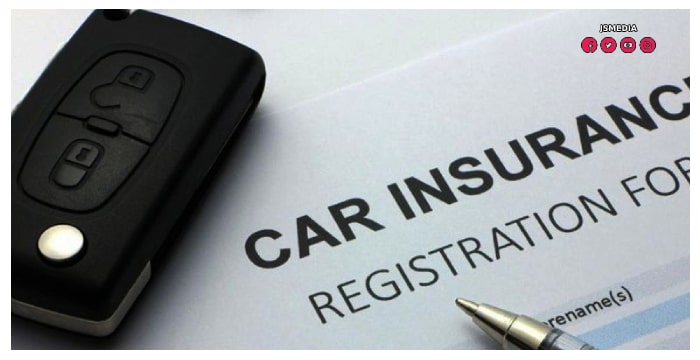JSMedia – There are many different types of auto insurance. In addition to the mandatory coverage, there are a number of optional policies that can be purchased as well. For example, liability insurance is required by most states, and covers other people’s property in case you cause an accident. This coverage also includes medical bills up to a set limit. A deductible, or monetary amount that you have to pay out of pocket, is another option.
The general insuring agreement section outlines the coverage that is included in your auto insurance policy. It also explains any limitations or exclusions you have, such as not using your vehicle for business. If you don’t use your car, you won’t be covered if you break the law. In addition, this section describes how to cancel your coverage and what to do in case of a cancellation.
The declarations page is the most important part of your auto insurance policy. This section provides vital information regarding the policy, such as the insured’s name and address. The next section provides detailed descriptions of all the vehicles that are covered by the policy. The final page specifies the coverage territory for the United States and Canada. Typically, this section also warns that the policy is null and void if the insured knowingly commits a fraud.
Typical Components Of An Auto Insurance Policy

It’s vital to read your policy carefully and understand any coverage gaps. The worst time to find out you’re underinsured or don’t have adequate liability insurance is when you’re filing a claim. To get a free no-obligation review of your auto insurance policy, contact Safeguard Insurance. They will be more than happy to give you an idea of the coverage you’ll need to protect yourself.
The third and most important part of an auto insurance policy is liability insurance. This type of coverage reimburses other drivers if you are at fault in an accident. This kind of coverage is required in many states and is referred to as no-fault insurance. It’s important to understand the difference between these two types of coverage. The liability insurance coverage is the most important one. A good car insurance policy will provide adequate protection for you and your passengers.
Collision coverage is needed if you have an accident. This type of coverage pays for the damage to another person’s car, as well as the expenses of the other driver and their family. However, collision coverage is not mandatory. Some banks require this when you apply for a loan. In such a case, you must pay a deductible first before receiving compensation. If your insurance company does not cover this amount, you’ll have to pay the entire sum yourself.
Collision coverage is an important part of an auto insurance policy. The law requires that you have collision coverage, but it’s up to you to choose the best one for your needs. In many cases, this is the most affordable option. In some cases, collision coverage is required by the bank to ensure that you are properly protected. A comprehensive policy will also cover damages from natural disasters and other non-collision-related accidents.
There are several options available for auto insurance coverage. Typically, insurance companies provide coverage for repairs to your car or other people’s property. These are called liability coverage and will pay for the cost of damages caused by an accident. A policy that covers both property and liability will lower your premium. You should also ask about any additional coverage that is offered. For example, liability coverage may cover medical bills incurred by the other driver.
The other major components of an auto insurance policy are collision and comprehensive coverage. The former covers damages to your car, while the latter covers your legal responsibility to other people. The former is the best option for drivers with bad driving records, while the latter is the most expensive. If you need to replace a car, you should consider purchasing comprehensive coverage. This will cover the costs of the repair, which may include the cost of replacing it.

